1. William Branham
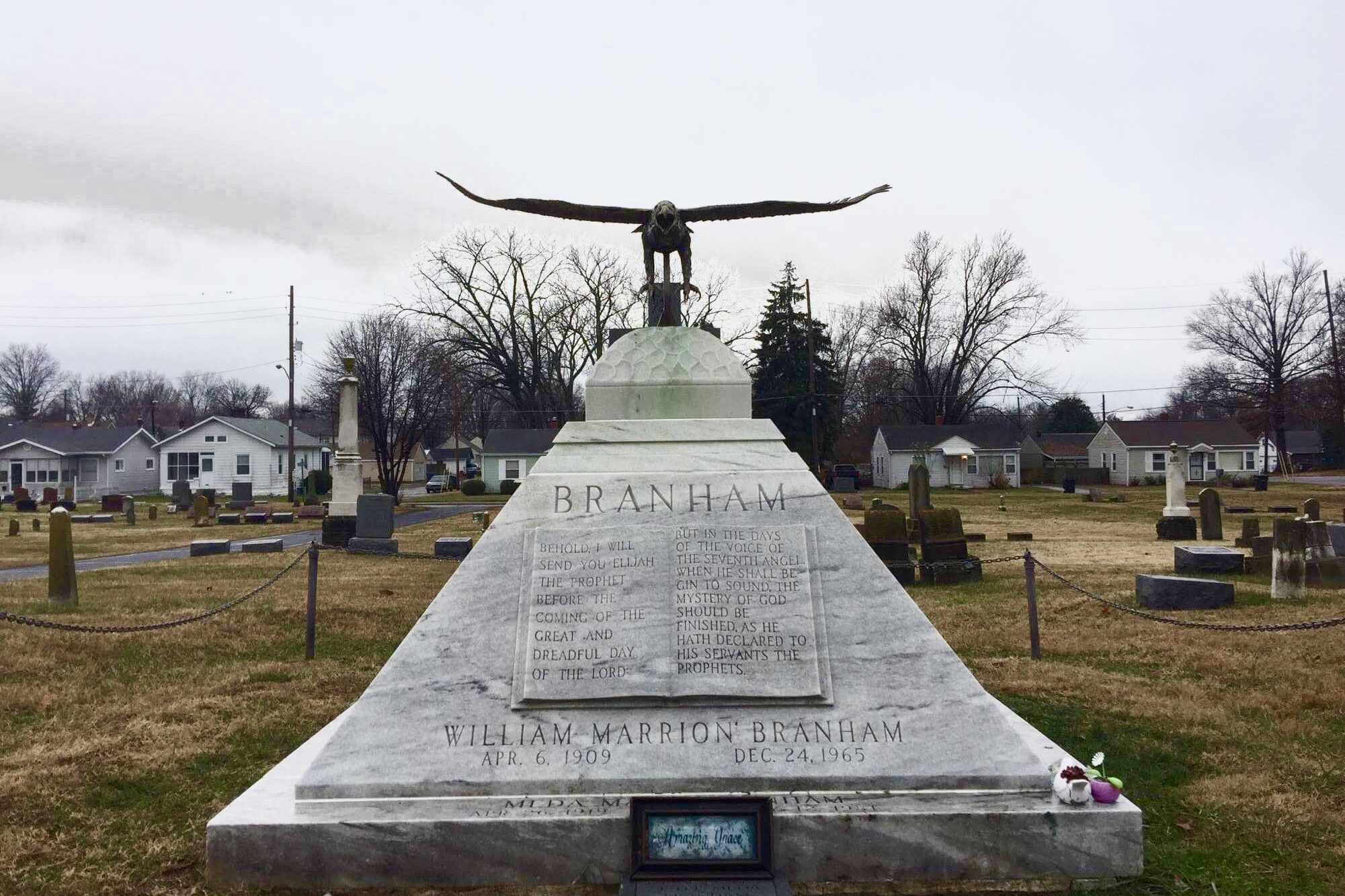
Before televangelists flooded the airwaves, there was William Branham, a healing revival preacher from the 1940s and ’50s who laid the groundwork for what would become the modern Pentecostal movement. His quiet, almost mystical demeanor made him seem more like a prophet than a preacher, and his followers treated him like one shares Arizona Daily Star.
Branham claimed visions, angelic visitations, and direct communication with God. Though he died in a car crash in 1965, his teachings live on in fringe groups today, many of which believe he was the final prophet before the Second Coming. Some of his followers still circulate tapes of his sermons like sacred relics. His legacy quietly influences many charismatic churches, often without them even realizing where those ideas started adds KJZZ.
2. Father Divine
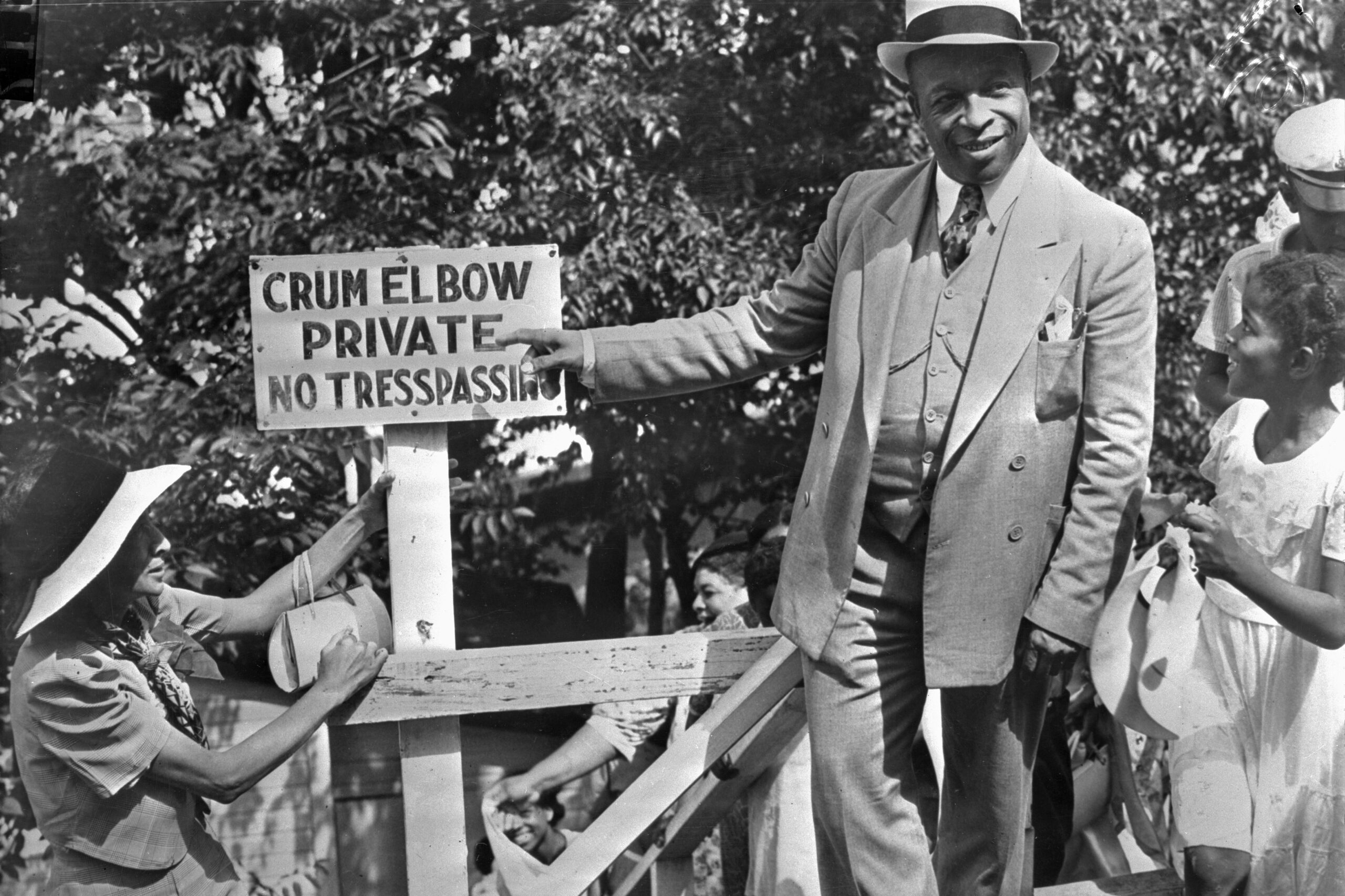
Father Divine was a mysterious figure with a flair for grandeur. In the 1930s, he proclaimed himself God and led the Peace Mission movement, which promised racial equality, communal living, and spiritual salvation shares Yahoo.
He preached a doctrine of economic independence and racial integration decades before the civil rights movement took off. His followers lived in communal homes and adhered to a strict moral code that included celibacy, even in marriage. Though his name has faded, many of his ideas around utopian living and divine leadership influenced later leaders like Jim Jones. His blend of religion, social justice, and personal divinity quietly shaped American cult history adds Literary Hub.
3. Elizabeth Clare Prophet
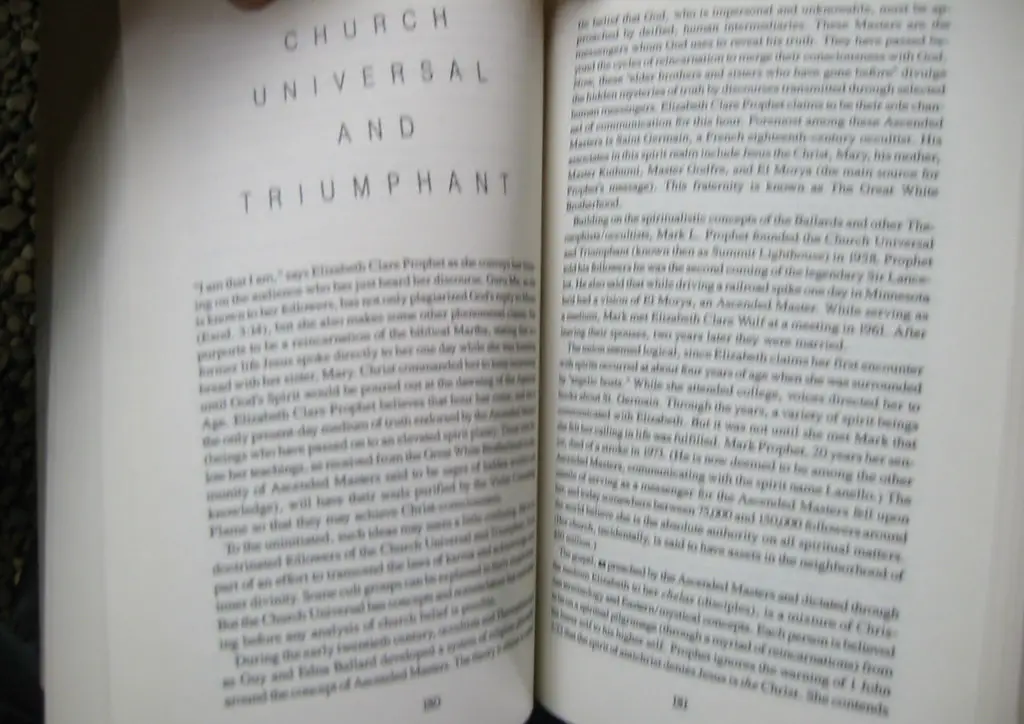
Elizabeth Clare Prophet didn’t look like a typical cult leader—soft-spoken, middle-class, and elegant—but she claimed to speak for “Ascended Masters,” spiritual beings guiding humanity. In the 1980s, she led the Church Universal and Triumphant, a New Age group that mixed Eastern mysticism with apocalyptic warnings.
Her Montana compound attracted thousands who prepared for nuclear war by stockpiling supplies and living in underground bunkers. Though she passed away in 2009, her prophecies, books, and teachings are still followed by a devoted core. Her influence can be seen in today’s spiritual movements that blend meditation with conspiracy theories. Prophet helped normalize a kind of cosmic panic that still echoes in New Age circles.
4. Anne Hamilton-Byrne
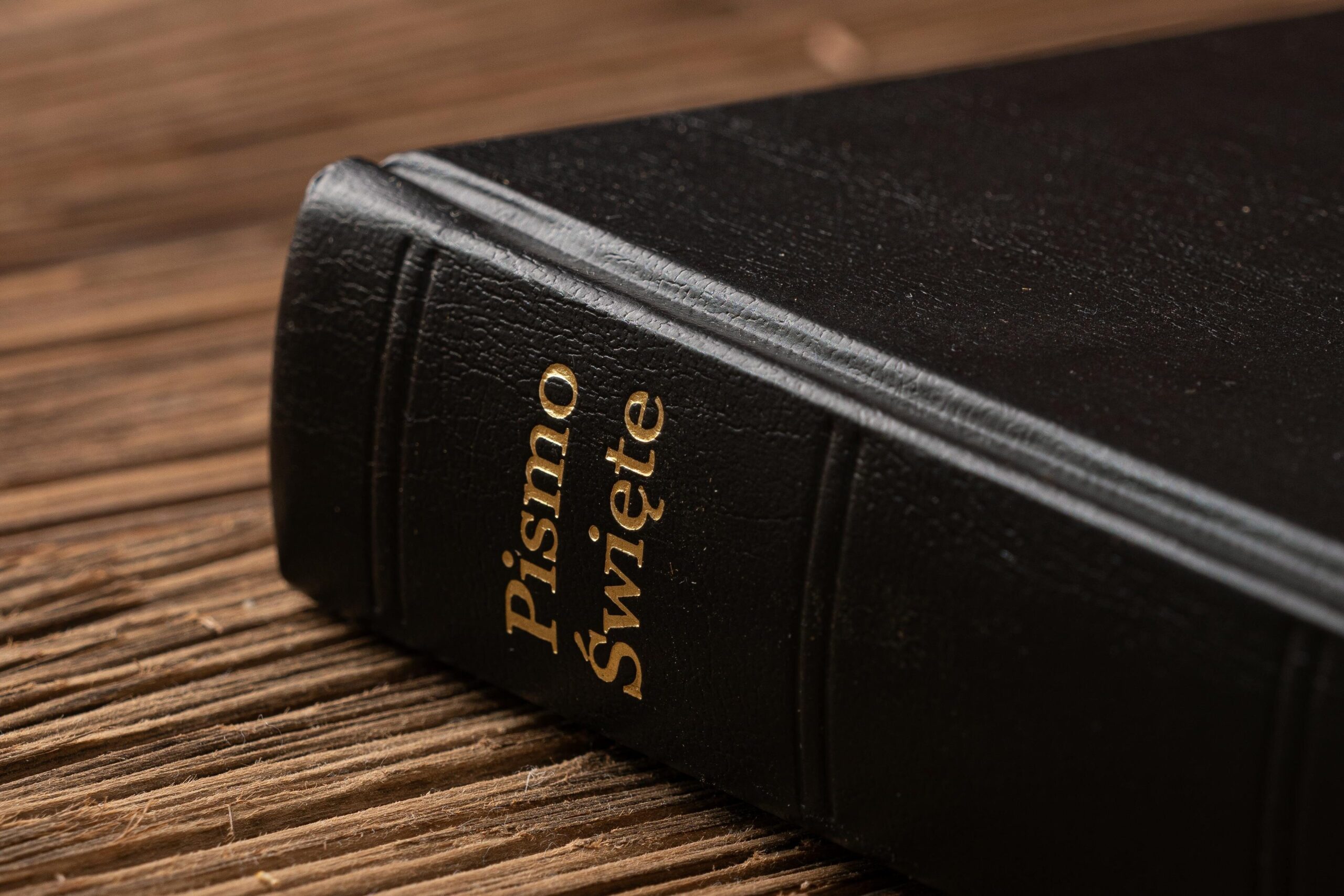
Anne Hamilton-Byrne ran a cult so eerie it felt like a twisted fairy tale. In Australia, she formed The Family, a secretive group where she adopted multiple children, dyed their hair blonde, and raised them under a harsh spiritual regime.
She claimed to be the female reincarnation of Jesus and subjected the children to LSD, beatings, and isolation. By the time authorities cracked down in the ’90s, many survivors were still trying to understand the trauma they endured. Despite her passing in 2019, her story remains a chilling warning about the power of unchecked belief. Hamilton-Byrne’s influence still haunts discussions around cult abuse and child welfare reform.
5. Moses David (David Berg)
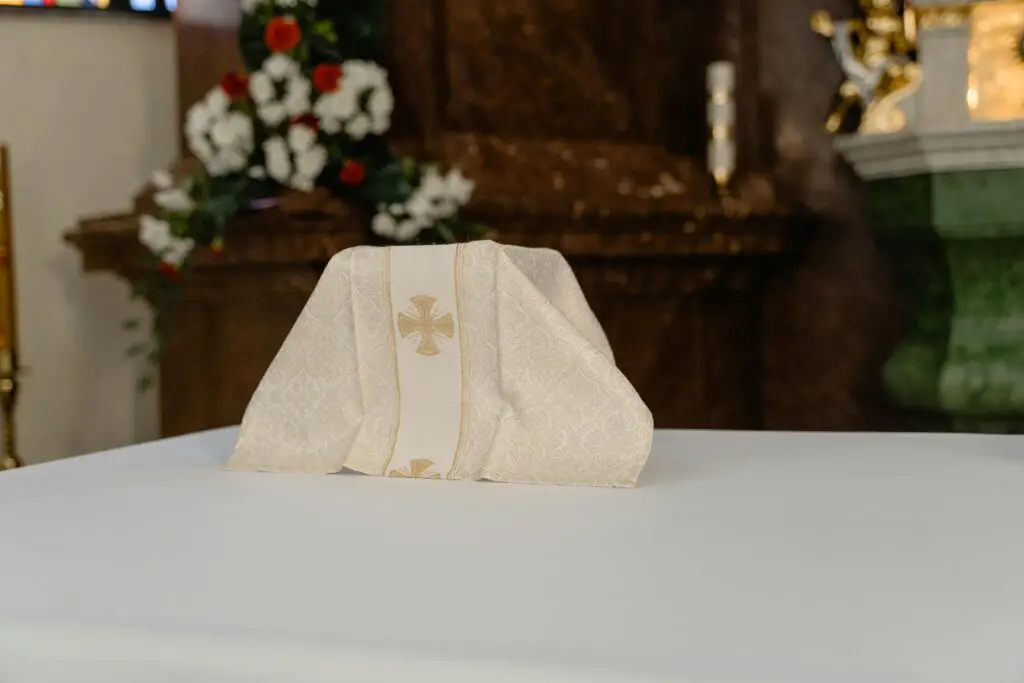
David Berg, also known as Moses David, founded the Children of God in the late 1960s, promoting a gospel of free love that quickly veered into dark and disturbing territory. He claimed to be God’s end-times prophet and wrote thousands of letters filled with sexualized theology and predictions of doom.
Berg used flattery, fear, and apocalyptic visions to manipulate his followers, encouraging what he called “Flirty Fishing”—using sex to recruit new members. Though he died in 1994, the group rebranded several times and still exists today in smaller forms. Many former members, including celebrities like Rose McGowan, have spoken out about the lasting psychological damage. His distorted blend of charisma and control still serves as a case study in religious exploitation.
6. Claude Vorilhon (Raël)
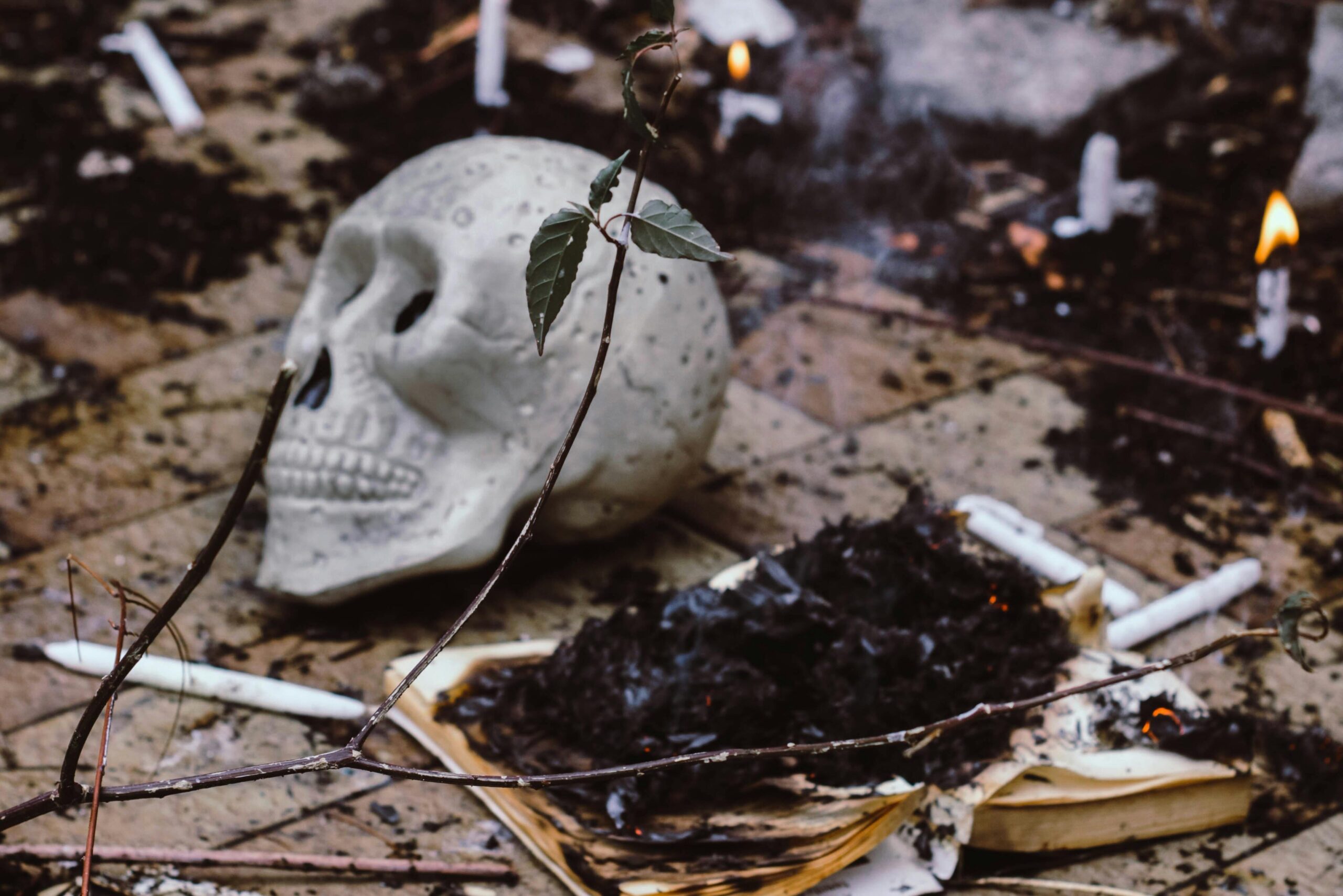
Claude Vorilhon, a former French race car driver, claimed in the 1970s that aliens called the Elohim appeared to him and told him humanity was created in a lab. He went on to form the Raëlian Movement, a religion based on science fiction, sensuality, and space-age salvation.
He preached cloning, world peace, and universal love—but also claimed he was the final prophet before alien contact would be reestablished. Raëlians built embassies for extraterrestrial visitors and promoted free love in their spiritual practice. Though less visible today, the movement is still active and has influenced the way people mix science fiction with spirituality. Vorilhon’s legacy is an early version of what’s now become pop-culture spiritualism.
7. Shoko Asahara
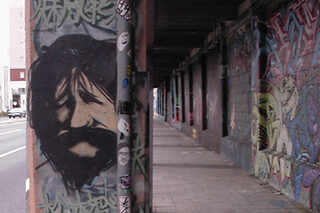
Shoko Asahara was a legally blind Japanese yoga teacher who founded Aum Shinrikyo, a doomsday cult that blended Hinduism, Buddhism, and apocalyptic Christianity. He preached that the end of the world was coming—and he planned to help speed it along.
In 1995, his group launched a sarin gas attack on the Tokyo subway, killing 13 people and injuring thousands. Asahara was eventually executed, but the group splintered and reformed under new names. His teachings still attract a small but devoted following. His legacy left Japan permanently wary of fringe religious groups, and the attack remains one of the deadliest cult-related events in history.
8. Sun Myung Moon
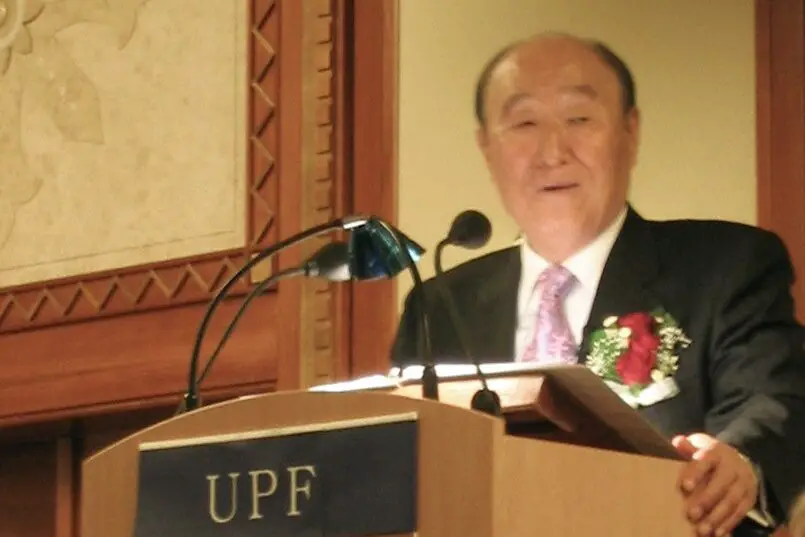
Sun Myung Moon, the founder of the Unification Church, often called the Moonies, claimed that Jesus appeared to him in 1935 and asked him to complete the mission he couldn’t finish. From that moment on, Moon dedicated his life to building what he believed was a perfect Christian world.
He performed massive mass weddings where thousands of couples were matched by him personally. Though he passed away in 2012, his church still has influence in business and politics, especially in South Korea and parts of the U.S. His descendants continue to lead offshoot movements, and his teachings have morphed into broader spiritual enterprises. Moon helped set the stage for the globalization of religious cults.
9. Marshall Applewhite
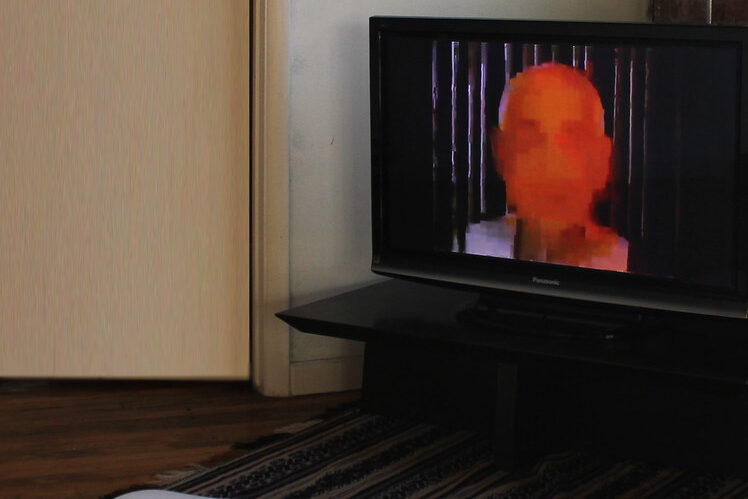
Marshall Applewhite’s calm, gentle voice didn’t quite match the science fiction theology he preached. As the co-leader of Heaven’s Gate, he believed that a spaceship was coming to take his followers to a higher existence—and that their human “vehicles” had to be shed.
In 1997, 39 members of the group died in a mass suicide timed with the passing of the Hale-Bopp comet. The tragedy stunned the world, but also sparked ongoing interest in how charismatic figures can create entire alternate realities. Though the group essentially dissolved after the suicides, Applewhite’s writings still circulate online. His blend of tech, space, and spirituality foreshadowed many modern conspiracy cults.
10. Jim Roberts
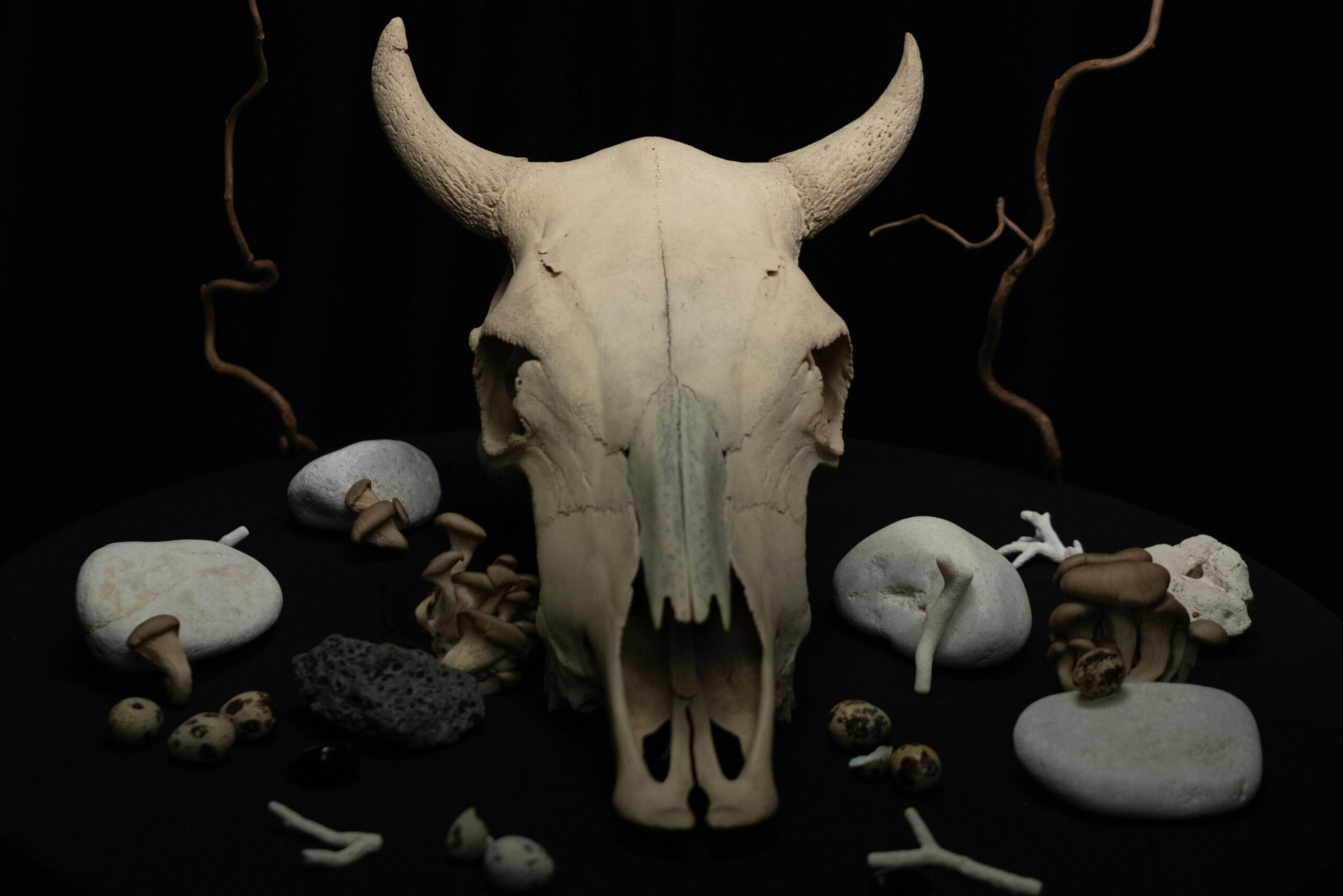
Jim Roberts was a quiet but iron-fisted leader who founded the Brethren, also known as the Garbage Eaters. He believed the end was near and demanded his followers renounce all worldly possessions, family ties, and modern conveniences.
The group dressed in homemade robes, lived off discarded food, and moved constantly to stay under the radar. Though Roberts died in 2015, his followers continue their nomadic lifestyle, nearly impossible to track. His teachings still echo in groups that value purity through extreme separation from society. Roberts proved you don’t need media attention to create a lasting cult, just enough conviction to make people walk away from everything they knew.
11. Tony Alamo
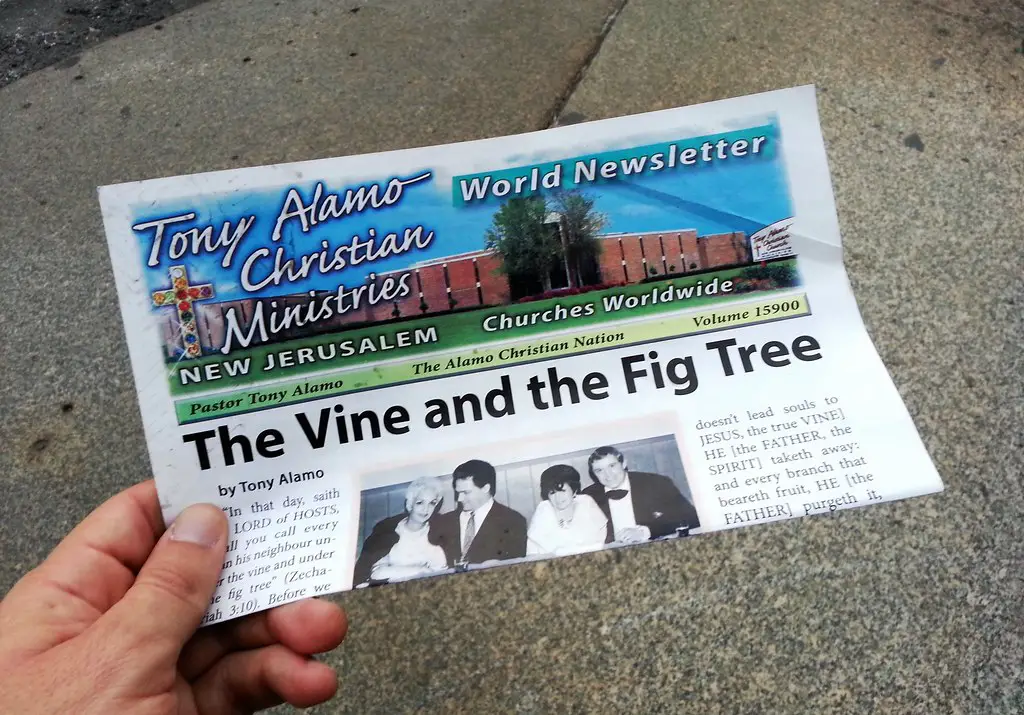
Tony Alamo started as a street preacher in Hollywood, eventually turning his ministry into a multimillion-dollar empire. He and his wife Susan preached a blend of fire-and-brimstone Christianity and showbiz flair, drawing in followers with a promise of salvation and financial blessing.
Behind the scenes, though, Alamo ran a controlling, abusive group that used child labor and heavily monitored its members. He was eventually convicted on multiple counts of child sexual abuse and died in prison in 2017. Despite that, his church still has remnants scattered across the U.S. His story remains a potent reminder of how charisma and control can mix dangerously under the banner of faith.
12. Paul Schäfer
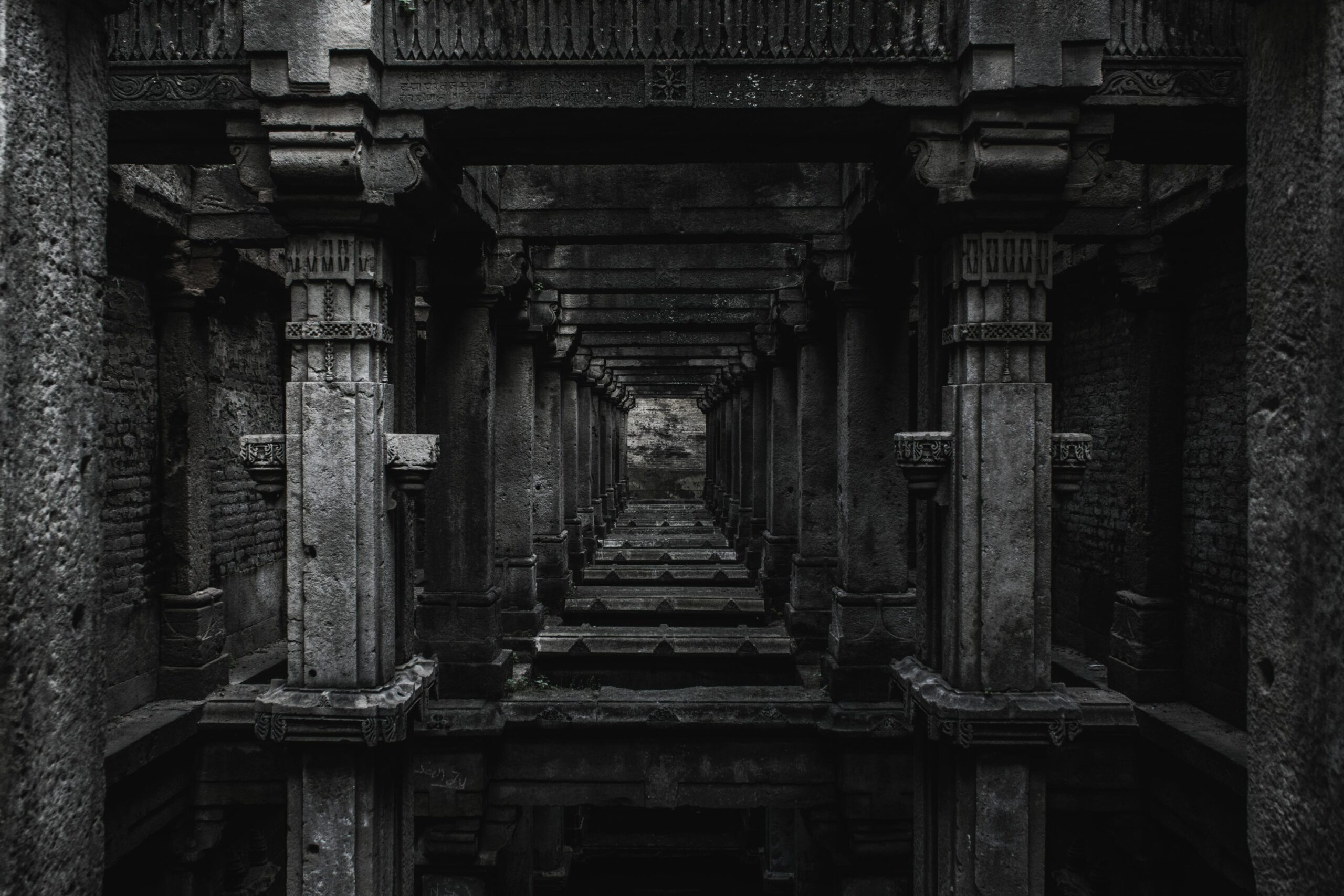
Paul Schäfer fled Germany with a dark past and founded Colonia Dignidad in Chile under the guise of a peaceful religious commune. What it really was, though, was a cult-like compound where abuse, forced labor, and political collusion ran rampant.
Schäfer ruled the colony with fear, separating families and carrying out punishments in secret. He collaborated with the Pinochet regime, turning the site into a torture center for political prisoners. After years on the run, he was finally arrested and died in prison in 2010. His legacy still haunts Chile, and his name is a warning of what happens when absolute power hides behind religious authority.
